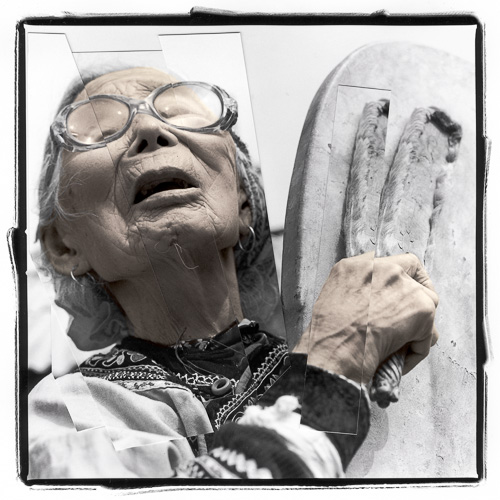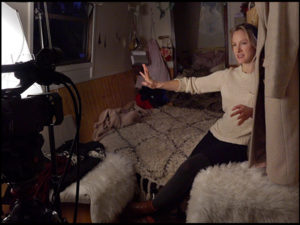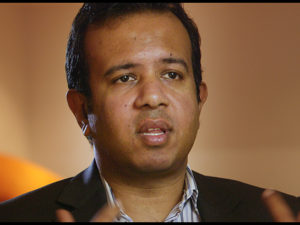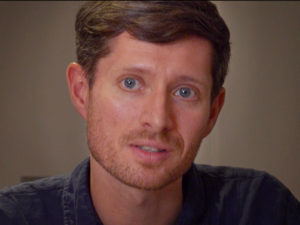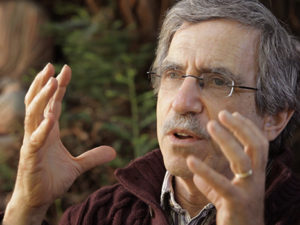In a sense, this new project began long before today. It started while Phil was interviewing the shaman and living with pre-industrial cultures. These were the experiences and insights that stuck with him, and have now become the catalyst for his current exploration: one that he hopes will provide a deeper understanding of our inner worlds.
In the more than 20 years Phil spent with these indigenous cultures, what he observed often challenged his reality.
In the Upper Amazon Phil was with the Huaranai shaman Mengatohue when he went into trance and asked the spirit of the Jaguar to guide his embattled tribe. In Mongolia, he stayed up all night watching Namid, a 70-year-old Darhat shaman, chant and drum until the mountain spirit helped her with the care of a young pregnant mother. In Siberia, near the Amur River, Phil visited the last four remaining shaman in the Nanai and Ulchi tribes – all women in their late eighties and early nineties who routinely called upon earth spirits to guide them in their work as healers and clairvoyants. These experiences, which you can read more about here on Phil’s blog, opened his mind to other spiritual beliefs.
To further provoke his curiosity, Phil noticed a fascinating shared experience amongst the shaman who he interviewed: the vast majority had suffered what we, in Western culture, refer to as a psychotic break from reality. This ‘break’ typically occurred in their adolescent or teen years. Their symptoms, including hearing voices, seeing visions, and having seizures, were deemed ‘gifts ’ as opposed to illness. Most were then taken aside by an older shaman or elder who mentored and nurtured them to become healers in their community or give guidance to the community at large.
Fascinated by this difference in cultural framing (psychosis vs gift), Phil was left with many questions:
• Are these episodes mental disease or spiritual awakenings? If some are spiritual awakenings how does one make a differential diagnosis?
• In our culture, what are the most effective treatments, or supportive communities that an individual can turn to in order to get help?
• Do these individuals have special healing or predictive talents? If so, how could they use their gifts to contribute to our society?
Throughout this exploration we will be interviewing psychiatrists, depth psychologists, mystics, meditators, cultural anthropologists, neuroscientists, spiritual teachers, and shamanic practitioners working in our culture.
Phil will also be interviewing individuals who have experienced similar psychotic breaks. Next week you will meet one of these individuals, Adam, who had a psychotic episode right after his 20th birthday.

